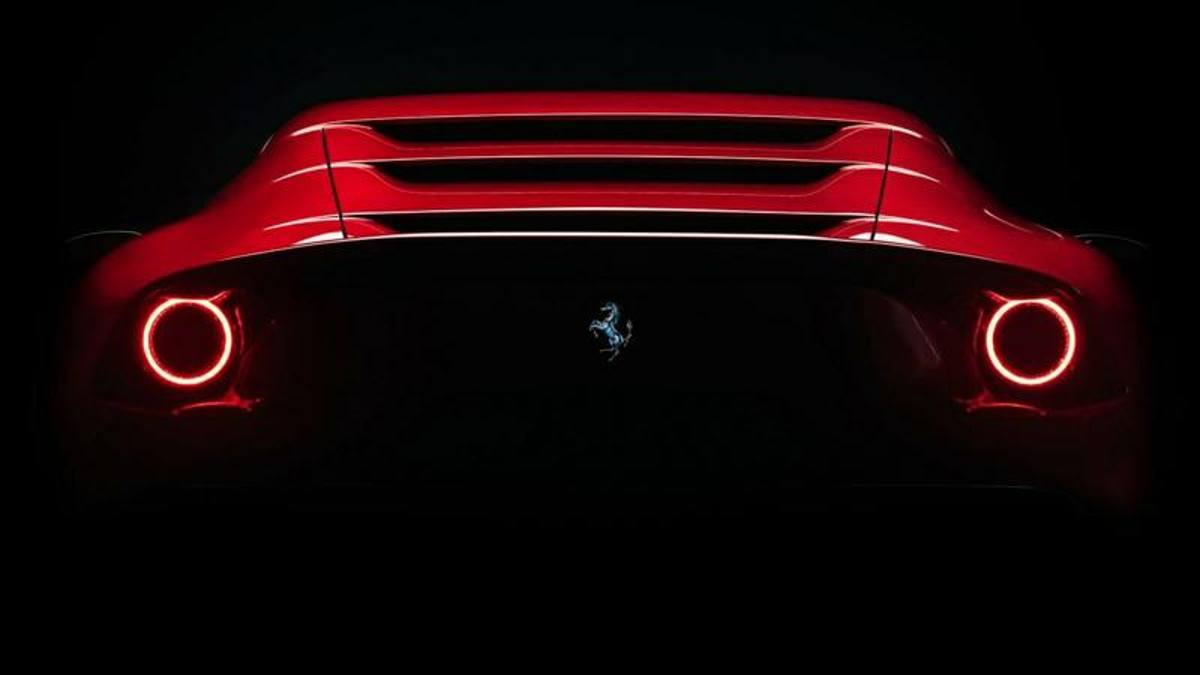Less than a year after launch, a summary of the information available and the main hypotheses on the first raised model produced by Ferrari: dates, platform and engines
From Fuv to Purosangue, the Ferrari SUV is proceeding with development for a launch that is very close in industrial terms. A road never explored before, a Ferrari never built so far. The raised vehicle therefore represents at the moment the most important challenge for Maranello, technical but also commercial, because important sales are expected from this model. What do we know so far about the Ferrari Purosangue? Let’s summarize what is known to a more or less official extent and what is instead the result of hypotheses.
Ferrari Purosangue: when it comes out, competitors
—
During the shareholders’ meeting last May, President John Elkann announced that the Ferrari Purosangue will be launched in 2022. As the main corporate event of next year will be Capital Markets Day (where the plans for the next four years) set for June 16, it is highly probable that this showcase will also be chosen for the launch of the SUV. What are its competitors? Given that in Maranello they are working hard to ensure that the Purosangue goes beyond a “simple” luxury SUV with very high performance, this is the market of choice for a similar model. So the protagonists at the moment are the usual suspects: Lamborghini Urus above all, without forgetting Aston Martin Dbx and Bentley Bentayga, even wanting the Rolls-Royce Cullinan, although its setting is totally different.
Suv Ferrari, platform and design
—
Around what will the SUV with the Prancing Horse on the hood be built? Given the (obvious) obligatory nature of the front-center position of the engine, all that remains is the platform used for Roma. Able to also accommodate an all-wheel drive combined with a transaxle gearbox scheme. As far as the shape of the body is concerned, even observing the forklifts circulating in recent months, the need to take the dynamic behavior to the extreme, like a Ferrari, can only lead to proportions like an SUV-coupé. Given the expectations in terms of space and comfort, the dimensions should not move too much from the five-meter long range.
Ferrari Purosangue: the engines
—
The discussion on engines is even more uncertain (from the outside). V12, V8 or V6? Naturally aspirated or turbocharged? Just thermals or hybrids? The issue of emissions, although it cannot be completely dismissed, at these price levels is not very decisive. So the real question is technical: Suv or not, a Ferrari is a Ferrari and whoever buys it expects a level of performance that cannot be ignored. A five-meter SUV is very heavy. Having to provide a certain off-road capability, a particularly high torque is therefore required at low engine speeds. So this makes it difficult to adopt the current 6.5-liter V12, naturally aspirated and without electric assistance. Although equipped with a frightening maximum power of 810 hp, its 719 Newton meters are delivered at a full 7,000 rpm (specific to the Monza SP1). The Lamborghini Urus, for its part, has the V8 4.0 biturbo which, compared to “only” 650 hp, can count on 850 Nm from 2,250 to 4,500 rpm. But Ferrari is never short of engines. Assuming highly probable the choice of a plug-in hybrid type, the Cavallino can initially split into both eight and six twin-turbo cylinders. And it is not excluded that he chooses them both. Not to mention that the V12 also seems to be about to hybridize in a few years, redesigning through the electric motors that torque curve that is now missing for the use considered here.
Ferrari Purosangue, hybrid engine
—
The 4.0 twin-turbo V8 of the SF90 Stradale reaches 780 hp, while the three electric motors that assist it can deliver a total of 220 as peak power. The maximum torque of the thermal is 800 Nm at 6,000 rpm. The gearbox is on the rear axle behind the V8; between them is installed one of the electric motors, which is also entrusted with reverse gear. The other two are placed in front. The all-wheel drive is of the electric type, therefore, electronically managed according to the grip on the ground. Electric motors always have the task of adding torque when the thermal is not yet at maximum speed. Ideal scheme therefore also to be transferred to the Purosangue SUV.
But we can go even further. And here the newborn 296 Gtb comes into play. Under its hood (the other, but we don’t care) pulsates the brand new V6 3.0 biturbo that draws heavily from the experience in Formula 1. It is accompanied by an electric motor for a combined 830 horsepower plug-in hybrid system and above all, a maximum thermal torque of 740 Nm at 6,250 rpm. Less than the Urus, formally. But the electric thrust is always added before that of the V6 intervenes, there are up to 315 Nm available at all revs. All in a more compact and lighter system than the V8. There would therefore be room for possibly adding a small secondary electric motor with the task of obtaining all-wheel drive. The games remain open.
29 September – 15:16
© breaking latest news
.
